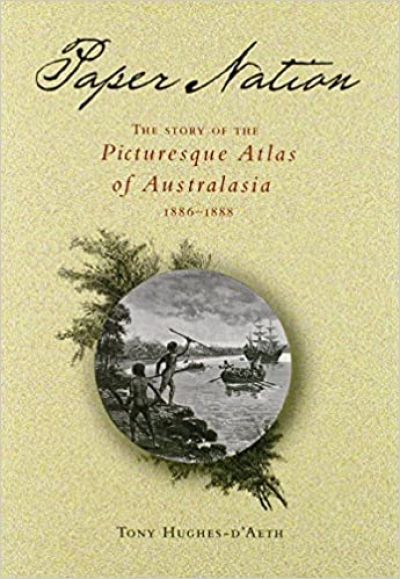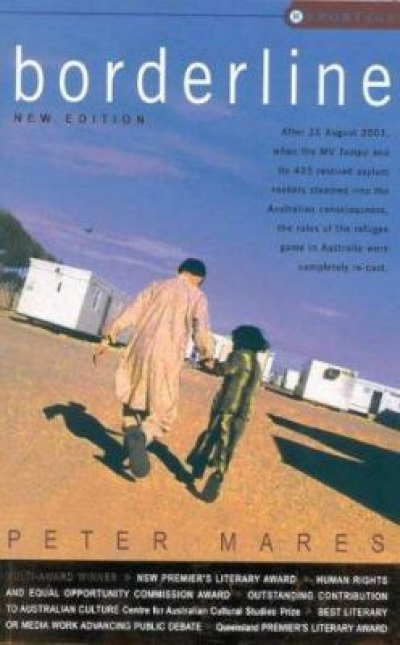Melbourne University Press
The Rush that Never Ended by Geoffrey Blainey & The Fuss that Never Ended edited by Deborah Gare et al.
by Frank Bongiorno •
The Ice and the Inland by Brigid Hains & Australia’s Flying Doctors by Roger McDonald and Richard Woldendorp
by Libby Robin •
Paper Nation: The story of the Picturesque Atlas of Australasia 1886–1888 by Tony Hughes-d’Aeth
by Ian Morrison •
Australia and the British Embrace: The demise of the imperial ideal by Stuart Ward
by John Hirst •
A Witness to History: The life and times of Robert Arthur Broinowski by Richard Broinowski
by John Button •
The Death of William Gooch: A history’s anthropology by Greg Dening
by Inga Clendinnen •










